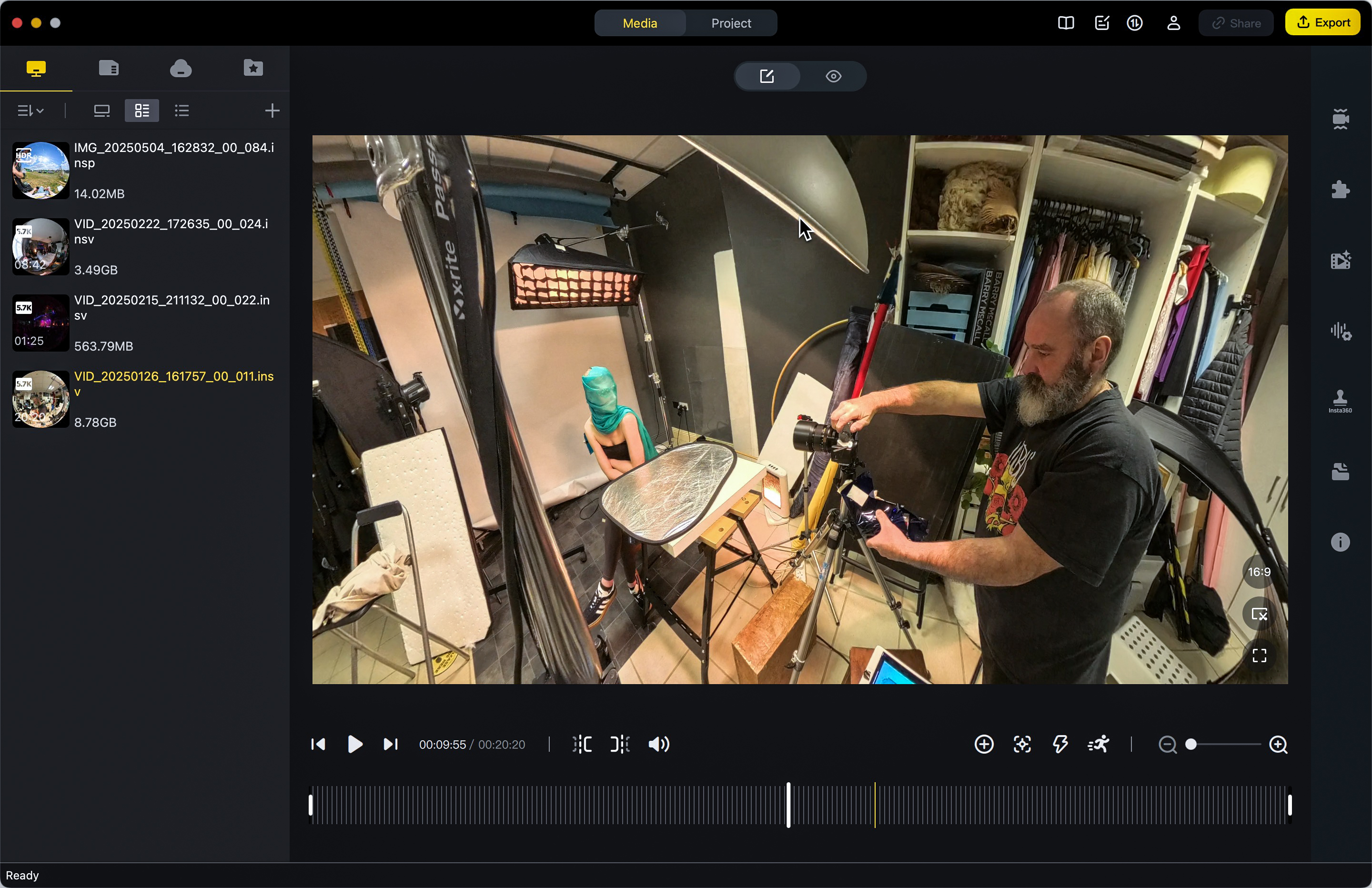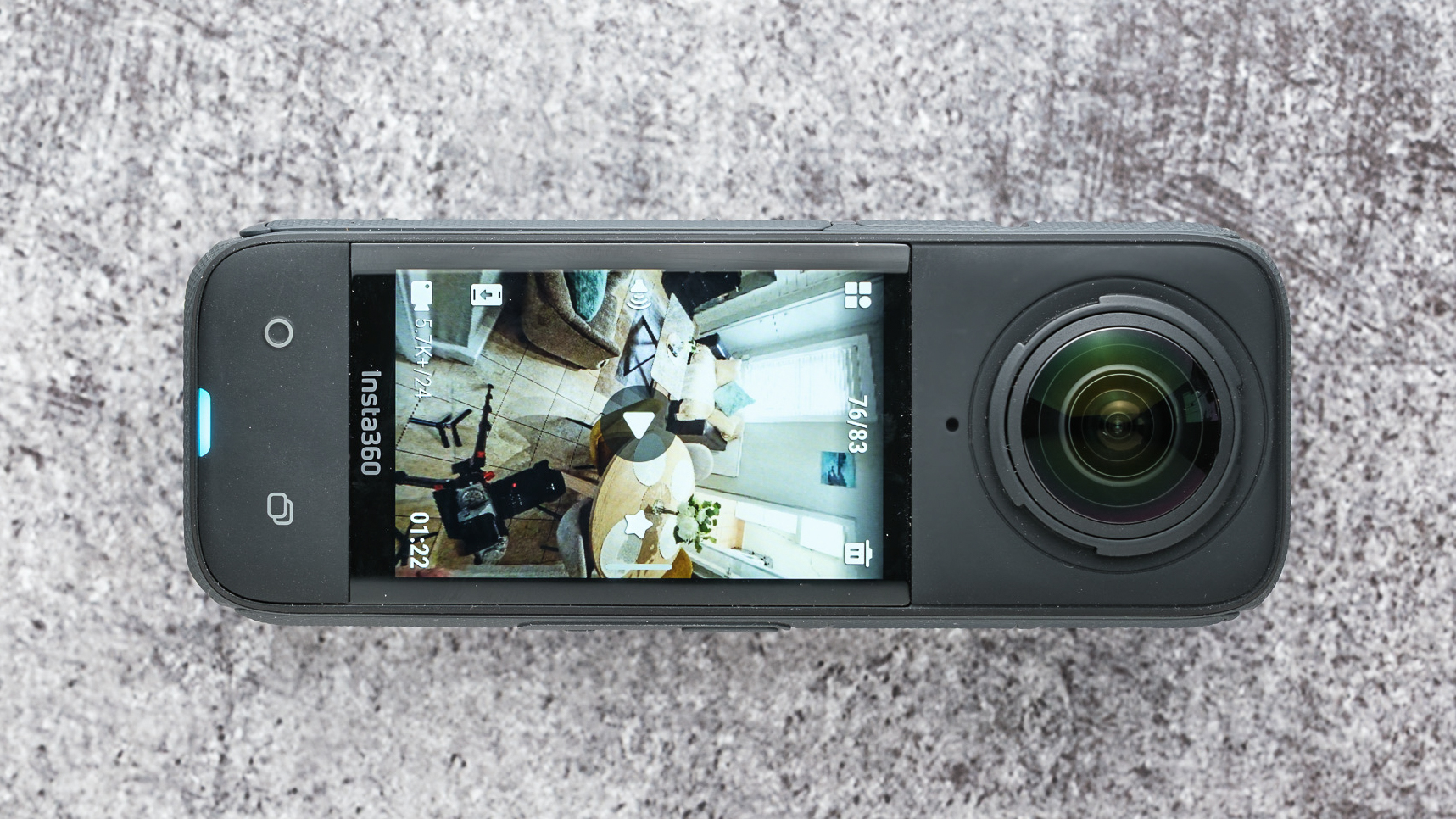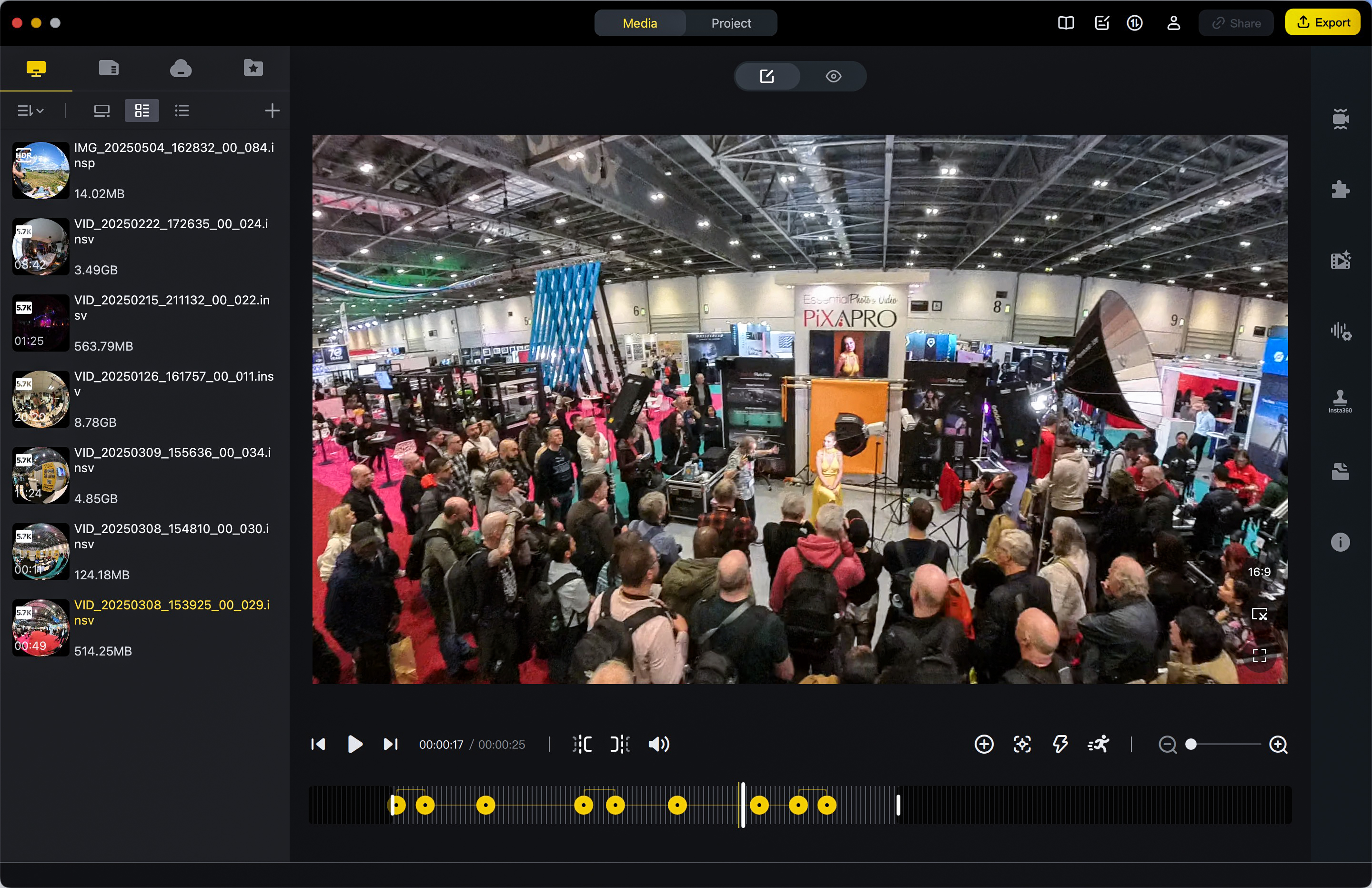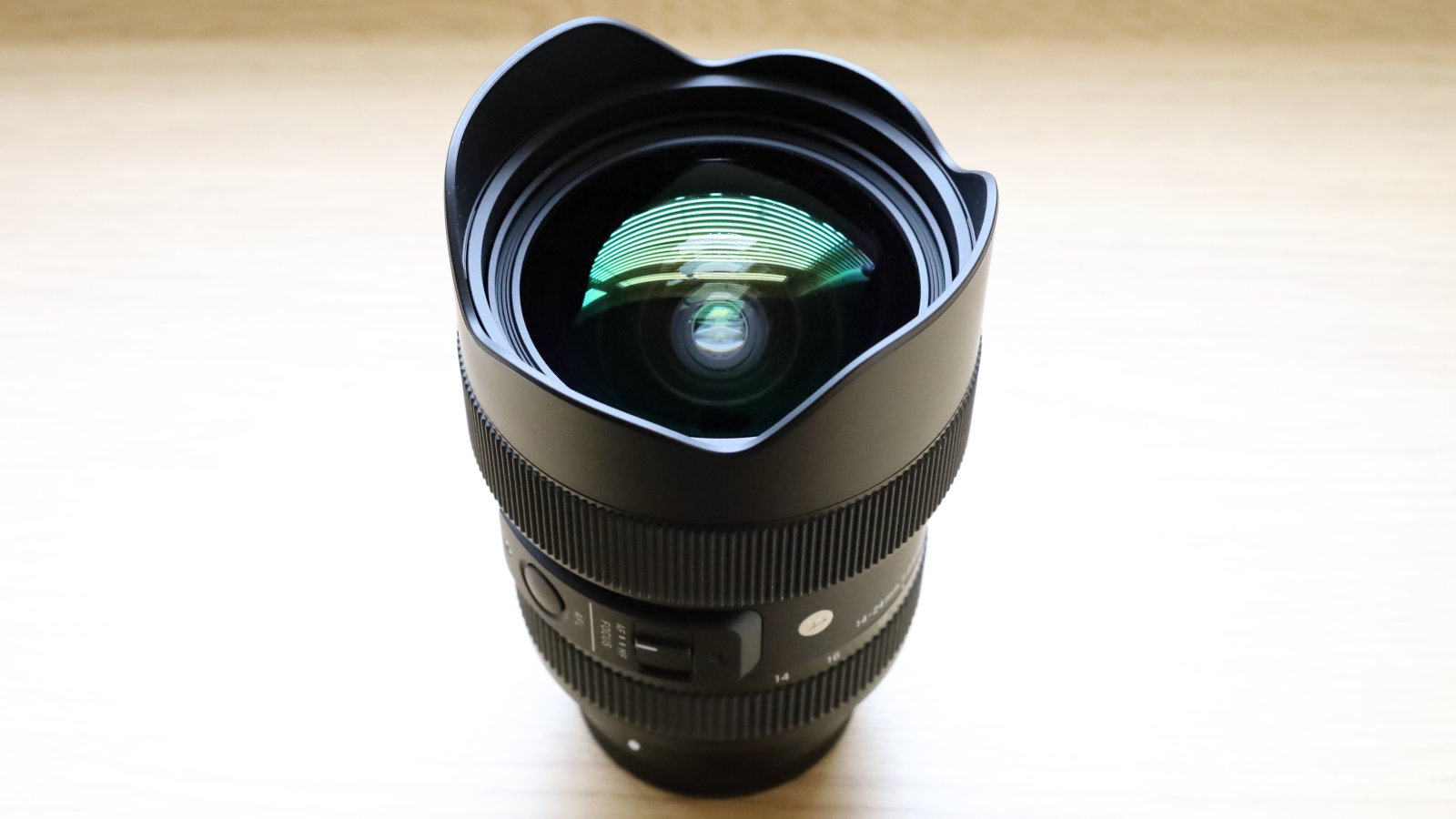I've tried lots of options, but this 360 camera is now my favorite solution for behind-the-scenes content of my professional photo shoots
The Insta360 X4 is a BTS and action wonder

The perpetual problem for any jobbing photographer, or even amateur enthusiasts keen on documenting their process, is how to capture images of yourself at work. I’m sure there are agency photographers out there who have behind-the-scenes (BTS) videographers working to drive the social media machine for them and their clients. Most of us don’t have the budget for such a luxury.
So what is the perfect behind-the-scenes content creating solution? After trying a few different solutions, I now have the perfect camera for the job…
First of all, I tried using my backup Fujifilm camera on a tripod with an older Sennheiser ENG lavalier radio microphone set. It’s just too cumbersome. I even made the mistake of doing a 2017 Kickstarter for the Removu K1, thinking a compact, with face tracking, would help. It wasn’t terrible, but the company folded leaving the device short of a few necessary firmware updates.
I have had a few different action cameras – in fact my Akaso Brave 7 LE is currently sitting on a 5-meter light stand for a scout camp timelapse, but they all have foibles that make it not worth the effort.
Cue the Insta360 X series, currently basking in the release of the X5-only months after I got the X4. While I’m speaking from the experience of the Insta360 X4, this applies to the Insta360 X5 which is not as stark a jump as between the X3 and the X4. I actually started on the X3, which began my love for these.
What makes these X cameras special? Well it’s not the sensors. Action camera sensors are better. It’s not their long recording ability – as these can overheat. It is simply that they capture everything. And? Well, Insta360 Studio software that comes with these devices makes reframing shots an absolute breeze. I can choose my subject, track it if need be, or move the frame around as I please. I can zoom in and out, including dewarping the scene for a more natural view.
For a portrait session BTS, the X5 could be set up between the camera and the subject, out of camera view. From the footage, I can easily pan from myself to the subject and then zoom and pan out to have both in frame.
The best camera deals, reviews, product advice, and unmissable photography news, direct to your inbox!
Using a mic such as the DJI Mic 2, I can get pristine audio to capture the interaction and atmosphere. Not only that, Insta360 just announced a new dedicated Mic Air microphone for the X5. As if that wasn’t enough, I can even start and stop recording with just my voice.
The scene could be cut as a 16:9 for YouTube, and then resized to a 9:16 for Shorts, Reels and TikTok. Each transition could be changed to suit the output. Cool edits like speed ramping can be used to change the flow of time. You’re also not stuck with real-time. You can speed up footage using the Time Shift option.
For those more into the outdoors, and are walking with the X5, the invisible selfie stick is a godsend. As the software eliminates it, you can create fake drone follow shots, or even cool interaction shots with your environment, making for more interesting video.
Combine the selfie stick with a mini tripod and you have a fast fixed camera to walk up to or away from. In fact, with the X5, you can walk up to the camera, walk past it and carry on, and seamlessly flow the shot in the edit! My personal wish is for someone to make one of these that has one reliable, extendable leg for uneven ground (like how the Manfrotto 5002BL Nano Plus stand has one for lights).
Even if you’ve decided to carry the camera on a bracket on your bag, you can apply the horizon lock option to keep the view steady and just use the forward view. All in all these features make the X5 a great addition to any photographer's or content creator's kit bag.
Check out our Insta360 X4 vs X5 comparison, and our complete guide to the best 360 cameras
Sean McCormack is a commercial, and editorial photographer, book author, and regular contributor to Digital Camera magazine based in Galway, Ireland. He has extensive experience with Lightroom, dating back to its original beta version, and has tried out just about every plugin and preset available. His latest book is Essential Development 3: 25 Tips for Lightroom Classic’s Develop Module.
You must confirm your public display name before commenting
Please logout and then login again, you will then be prompted to enter your display name.




